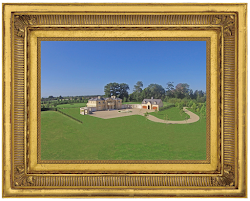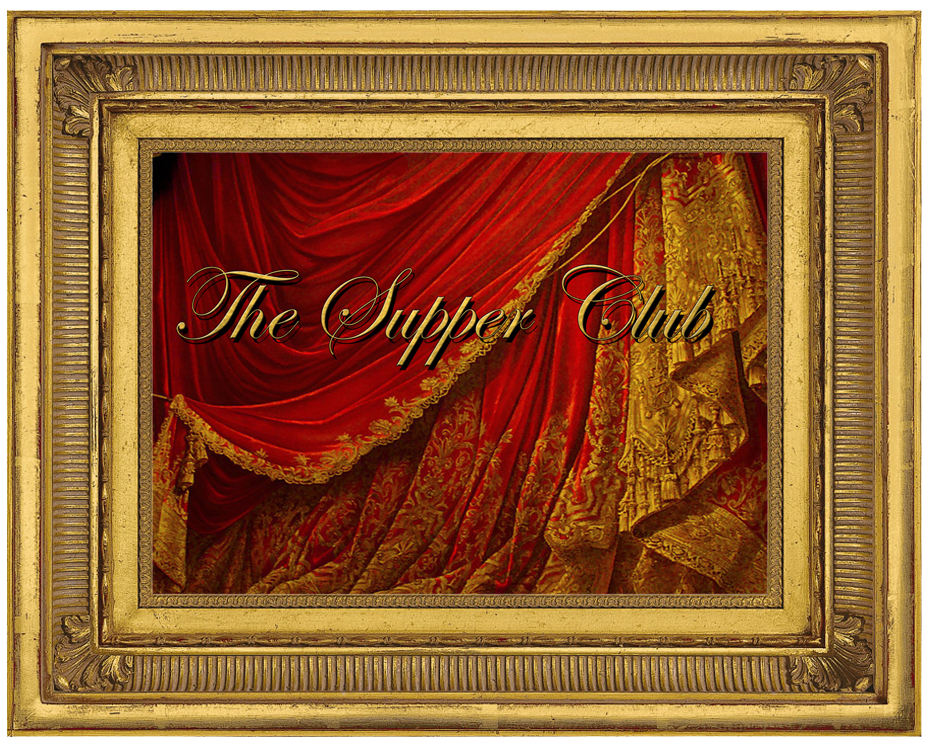They built on the work of monk herbalists who would grow medicinal herbs in their monastic gardens and chronicle their uses.





The Willowbrook Apothecary's Garden

Below: A medieval woodcut of herb gatherers.





The Chelsea Physic Garden

The Chelsea Physic Garden was founded by the Worshipful Society of Apothecaries of London in 1673 for its apprentices to study the medicinal qualities of plants. Throughout the 1700s it was one of the most important centres of botany and plant exchange in the world. It is London’s oldest botanic garden and a unique living museum. In 1722 Sir Hans Sloane, the Lord of the Manor in which the garden was situated, presented the garden to the Apothecaries Company so that they could continue their botanical research. A statue of Hans Sloane by Rysbrack stood in the garden but since 1985 has been replaced by a replica and the original moved to the British Museum.
 Above: The famous Cedars of Lebanon in the Physic Garden, painted by James Fuge c.1850.
Above: The famous Cedars of Lebanon in the Physic Garden, painted by James Fuge c.1850.They were planted in 1683, among the first to be planted in England. The last one died in 1903.
Below: The statue of Hans Sloane by Rysbrack


The Manor of Chelsea is a very ancient one, and has passed through illustrious and noble hands. Henry VIII, Catherine Parr, the Duke of Northumberland an Anne of Cleves have all owned or resided here. Sir Hans Sloane purchased the Manor of the last Viscount Newhaven in the year 1712. Sir Hans Sloane was one of those men who leave their mark on the age in which they flourish. He was descended from a Scotch family, but educated in the North of Ireland. he became an ardent botanist, of no mean ability; he studied the various branches of physic successfully; he was president of the Royal College of Physicians; and he was so great a benefactor of the botanical gardens at Chelsea that he greatly enriched them with scarce and curious plants


Here is a promotional clip for his series "Grow your own drugs"
The first recipe of his that we are going to try uses elderflowers and berries. Luckily we planted a Elder hedge 18 months ago, so we will soon have a good crop of berries.


The Worshipful Society of Apothecaries





































































































